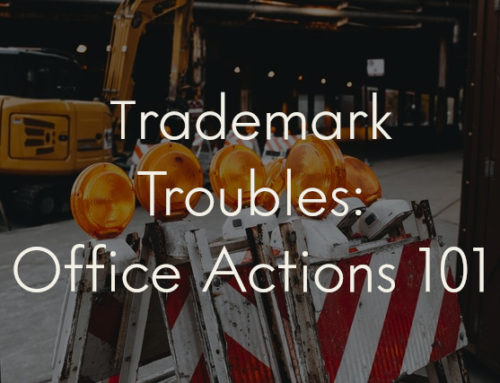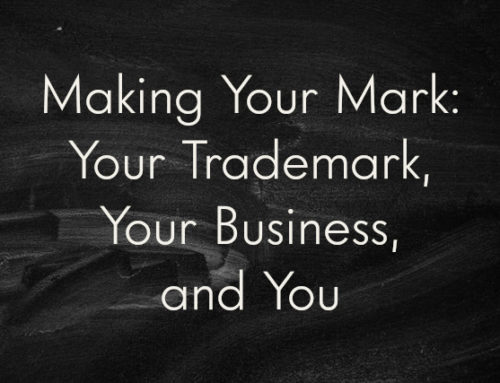Lebron James’s recent bid to claim “Taco Tuesday” was a shot and a miss. After weeks of Tuesdays dedicated to shouting, embarrassing his kids, and eating tacos on Instagram, on August 15th Lebron James Trademarks LLC filed an application with the United States Patent and Trademark Office (“USPTO”) to trademark the phrase for use in advertising, marketing, and social media.
The USPTO denied Lebron’s application because “Taco Tuesday” is hardly a novel concept, meaning it cannot function as a trademark. In order for a slogan or term to be trademarked, it must serve as an indication of the source of the applicant’s goods or services and distinguish the applicant from others. The USPTO will refuse to trademark messages which are used by multiple parties to communicate widespread ideas or conventions. Messages that are widely used in the marketplace are considered commonplace and do not serve to identify the source[1]. The more commonly a phrase is used, the less likely it is that consumers will be able to identify a single source[2].
In Lebron’s case, the USPTO judged that the “applied-for mark is a commonplace term, message or expression widely used by a variety of sources that merely conveys an ordinary, familiar, well-recognized concept or sentiment.” The USPTO referenced several examples of other companies using the phrase “Taco Tuesday”, including websites promoting Taco Tuesday events and newspaper articles covering Taco Tuesday-themed 5K’s and restaurant specials. The USPTO further clarified that, because consumers are used to seeing this term used in everyday speech, they would not identify its source as Lebron. Blocking an attempt at a rebound, the USPTO also proclaimed that it will not accept an amended application, even if Lebron provides other examples of the mark in use. It looks like his drive for “Taco Tuesday” has ground to a halt.
So what can small business owners learn from Lebron’s laughable attempt to claim this common phrase, one which unites that almost every Tuesday night Bachelor viewing in the nation?
- Choose something unique. Lebron made a crucial mistake when he chose a term that almost every consumer has either said or heard. Make sure that your desired mark signifies your company as the source of that good or symbol. Trademarks help build a brand for your small business, and the mark should signify you and you alone.
- Choose something abstract. If your mark just describes your goods or services, odds are you won’t be able to get it registered. For example, the name “Pies and Cakes” for a bakery only identifies the goods sold in the bakery, and likely wouldn’t get registered. Being creative with your name (whether it’s creating a new word or using a word not typically associated with your types of goods or services, like Target for a store or Apple for computers) is the best way to get a strong, unique trademark.
- Understand the costs and chances to receive the trademark certificate. Each trademark application has a fee of at least $225, not including the time spent preparing your mark and the potential cost to hire an attorney to file the application. To avoid wasting time and money, it is important to complete a trademark search before submitting your application. A trademark search will alert you of any similar marks in the same field which may cause confusion, and searches done by attorneys can spot other reasons the USPTO might object to your mark. It is important to search through the pending applications as well; the applicant with the earlier submission date will be awarded the trademark certificate. If there is a pending application or a similar mark, your mark will likely be denied or require an office action response. Each application is sent to a different examining attorney and these attorneys decide whether to approve the mark or issue an office action.
- Be prepared with pictures of use or plans for use. When applying for a trademark, you will need to submit a description of your mark as well as pictures of the mark actually being used “in commerce”. If you do not have any photos of the mark in actual use yet, the USPTO allows you to send in plans up to six months after the registration of your trademark. The USPTO can be picky about these pictures and where you are using the mark. For example, if your mark is for clothing, your mark should be on the tag for the clothes.
- Even after approval, registration may not happen. Although your mark has been approved, there is a chance that the mark will not become certified. After the examining attorney provides approval, the mark is published in the USPTO Official Gazette for 30 days. Through this publication, anyone can file an opposition to the mark. If someone files an opposition, both the applicant and the opposing party will have to appear before the Trademark Trial and Appeal Board. The Board will then make a decision regarding the mark.
You should consult an attorney to assist with the pre-application searches, help uncover any potential issues with your planned trademark, and ensure that you apply properly. Contact G & G Law with any questions regarding trademarks and discuss our trademark package for searches and applications.
[1] D.C. One Wholesaler, Inc. v. Chien, 120 USPQ2d 1710, 1716 (TTAB 2016).
[2] In re Hulting, 107 USPQ2d 1175, 1177 (TTAB 2013).





